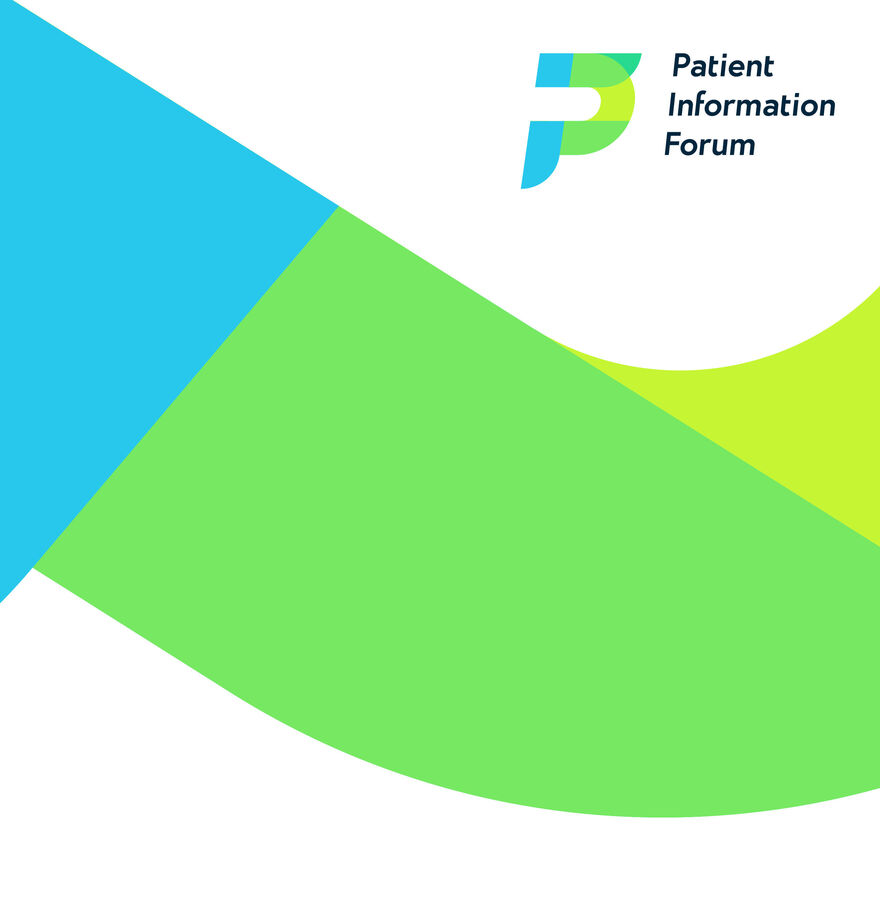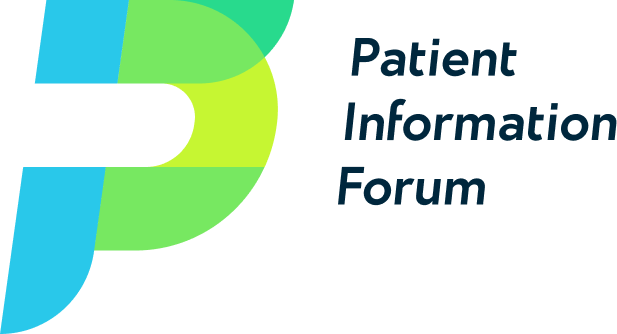
Communicating benefits, risks and uncertainties
Why this matters
Communicating benefits, risks and uncertainties is an important part of patient information. 6 in 10 people aged 16-65 are unable to understand health information if numeracy skills are required[1]. As information producers, our job is to help people feel confident in making decisions about their health.
Numbers not words
- Interpretation of words like ‘rare’ and ‘common’ varies enormously. Always use a statistic such as 1 in 100 people alongside words like rare or common.
- Use natural frequencies rather than percentages, for example 10 in 100, rather than 10%.
- When giving people two frequencies to compare, make sure they are both expressed as ‘out of’ the same number. For example, 1 in 100 compared with 2 in 100, NOT 1 in 100 compared with 1 in 50.
Use absolute risk rather than relative risk
- The absolute risk of an event increases from 1 in 100 to 2 in 100, but the relative risk of the event doubles. Using relative risk in isolation can be misleading.
Illustrating risk
- A great way to improve users’ understanding of risk and statistics is to use visual aids.
- Using a mix of numerical and pictorial formats to communicate risk is helpful.
- Visual displays may be most helpful for giving people an overall pattern, whereas actual numbers can be better for communicating detail.
Perceptions of risk
- Consider using both positive and negative framing, i.e. ‘3 out of 100 people experienced this side effect, but 97 out of 100 did not’.
- Consider adding some context to your statistics. What would make a useful comparison to give people a sense of the likelihood, or to help them make their decision?
Explaining uncertainty
- Communicate the uncertainty of data or if evidence is of low quality.
Pre-empt misunderstandings
- If something is easily misunderstood, or there is a common myth, it is better to address it head-on.
This guide supports the following PIF TICK criteria:
- 4.0 Evidence: Information is based on reliable, up-to-date evidence which is communicated clearly.
- 5.0 Involving users: Users are involved in the development of information.
- 6.0 Health inequalities: Information is written to meet health and digital literacy, language and accessibility needs of the target audience.
Reference
1. A mismatch between population health literacy and the complexity of health information: an observational study. Gillian Rowlands, Joanne Protheroe, John Winkley, Marty Richardson, Paul T Seed, Rima Rudd. https://pubmed.ncbi.nlm.nih.gov/26009533/
Originally published October 2021. Last update December 2023. Next update due December 2026.
Please login or join us to view the full guide
How you create your patient information matters. Do it together with PIF.
Join PIF or apply for PIF TICK certification today to get unlimited access to PIF's resources, expert advice and support services.
